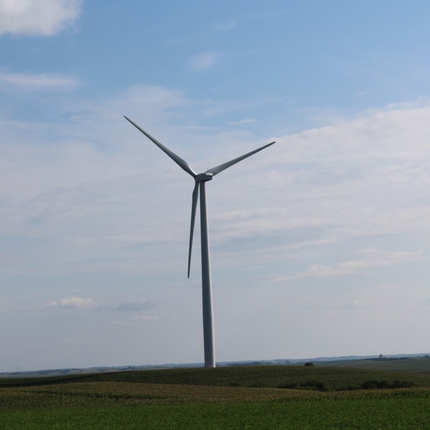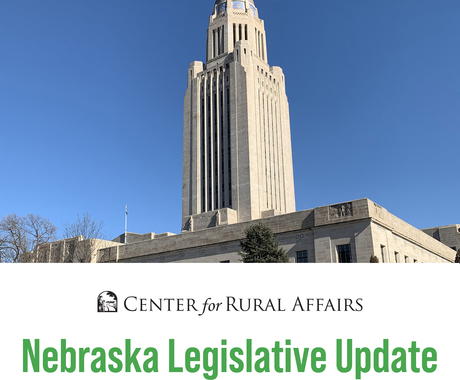By Lucas Nelsen, former staff member
The number of Americans receiving their electricity from renewable wind energy grew rapidly in 2018, with enough installed capacity to power more than 30 million homes. With more projects currently in development, total wind capacity in the U.S. is projected to grow to 131,000 megawatts (MW), or enough to power about 42 million homes and increase the percentage of energy that states receive from wind. By the end of last year, six states produced 20 percent of their electricity from wind, while others, like Iowa and Kansas, have exceeded 30 percent, according to the 2018 American Wind Energy Association Annual Market Report.
This development has done more than provide clean energy to consumers. Projects create a range of new economic benefits, especially for rural communities where most projects are located. Landowners who host turbines receive annual land-lease payments, a reliable new source of income to farmers and ranchers. Wind projects also generate new tax revenue for counties and states—an estimated $761 million each year—which helps to support roads, schools, and variety of other services while potentially removing some of the burden from other taxpayers. In total, the wind industry generates more than $1 billion between this new revenue and payments to landowners.
Benefits from the industry also spread into the economy. The wind industry has helped to employ 114,000 Americans in various sectors, including 24,000 in manufacturing and assembly in 2018. With more than 500 manufacturing facilities producing parts and equipment spread across 42 states, the wind energy industry continues to show the potential of a clean energy economy.
As we look to a future and the continued growth of clean energy, it’s important that we continue to improve the industry. Developers should work with landowners and local communities to identify and implement practices that limit impacts from construction or project operation. The benefits from projects should continue to flow to the communities that host projects—whether that be the creation of local jobs, new tax revenue generated from projects, or additional income for rural families. Wind energy has already proven to create opportunity, and rural communities can continue to reap the benefits of clean energy.




